- Do you subscribe to Dharma Dog Training’s Newsletter? You should.
- A Unique Campaign from The Humane Society of the United States
- Rabid bats in Omaha- Stay safe, prepared with these tips
- Springtime Activities in Omaha
- Mill Dog Monthly from Bailing Out Benji
- World Spay Day, Legislative Alert in Nebraska
- Attend the Nebraska Rescue Council’s monthly meeting this Saturday
- Five Hard-to-Ignore Reasons to Adopt!
- Paws in Pink to Benefit Breast Cancer Foundation
- VCA, Inc. Acquires MidWest Vet Specialists from Kansas State University
A Look into the Newly-Renovated Nebraska Humane Society
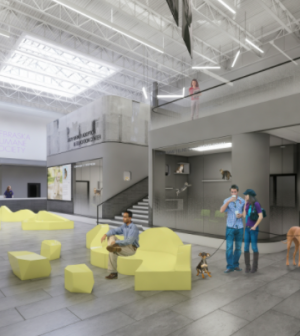
Beginning July 1, 2020 NHS is fully open to the public in our new renovated space!
Since opening the Lied Humane Center building in February of 2000, the Nebraska Humane Society has served more than 450,000 animals who required surgeries, shelter, grooming, training, rehabilitation and more to get back on their feet. To stay at the top in its field, and to honor long time CEO Judy Varner, key donors funded a $14.1 million dollar endeavor, named The Judy Varner Adoption and Education Center. The work began in December of 2018 and was completed during the pandemic.
Some of the highlights:
- Renovated 37,107 square feet, which is 45% of the existing shelter.
- Added 12,000 square feet of new animal housing space.
- The changes should reduce stress and length of stay for the animals.
- Transform the way public views, accesses and interacts with adoptable animals.
For the cats at the shelter, new and taller condos allow for instinctive vertical movement, lowering stress and providing a natural living environment. Immersive group rooms encourage potential adopters to interact and spend quality time. Other shelters that have implemented such changes have experienced a lower stress rate among cats, a 50% increase in adoption rates and a 60% reduction in the spread of diseases.
Other improvements for kitties include:
- Large, free roaming group rooms.
- Tall cat condos with vertical space to leap and perch.
- A dedicated cat enrichment room.
- A second-floor cat village.
For dogs at the shelter, NHS has seen its population change dramatically over the last 20 years. It is now sheltering more dogs who are fearful, lack training and require behavior modification. The renovated dog spaces provide the public with supervised, direct access to these dogs’ kennels, increasing the opportunity for expeditious adoptions. The objectives are many, but reducing stress is a top priority. Improvements include housing dogs in groups according to size and temperament, reconfiguring individual kennel spaces, improving acoustics and lighting, and allowing potential adopters access to see and interact with difficult to place dogs.
For critters, The Judy Varner Adoption and Education Center provides new and separate accommodations for prey species (i.e., cats, dogs, ferrets). Mammals and exotics have their own enclosed adoption space as a 10% increase of these species is expected by shelters in the years to come.
- New and separate accommodations for prey species.
- Separate enclosed space for mammals and exotics.
Improvements have also been made for humans! Interactive education stations promote and support responsible pet ownership, animal care and training tips, and facilitate adoptions. There’s a more efficient adoption process, new electronic technology stations, and digital messaging promotes responsible pet ownership and provides care and training tips.
If you haven’t already, check out the new digs in person! Be sure to check out the NHS website for adoptable animals and support the shelter if you’re able.
Latest News
-
Join Us at Pick A Pooch 2025: A Fun-Filled Weekend for the Whole Family
A Fun-Filled Weekend for Pet Lovers and Families Alike Mark...
- Posted 1 year ago
- 0
-
Beardmore Presenting Sponsor At This Years Pick-A-Pooch event
🐾 We are thrilled to announce that Beardmore Subaru is...
- Posted 4 weeks ago
- 0
-
How Having A Pet Can Change Your Life
Having a pet can open your heart in ways that...
- Posted 2 months ago
- 0
-
How To Improve The Life Of Your Senior Pet
Do you have an elderly fur baby and want to...
- Posted 3 months ago
- 0
-
Springtime Activities To Enjoy With Your Furry Friends
Are you preparing for warmer weather and want some ideas...
- Posted 4 months ago
- 0
-
Pros And Cons Of Microchipping Your Pets
Have you considered whether your pets should be microchipped and...
- Posted 5 months ago
- 0
-
The Best New Fun Toys For Dogs And Cats
The Best New Fun Toys For Dogs And Cats Did...
- Posted 5 months ago
- 0
-
Heartfelt Ways To Show Your Pet You Love Them
Did you know there are more ways to show your...
- Posted 6 months ago
- 0




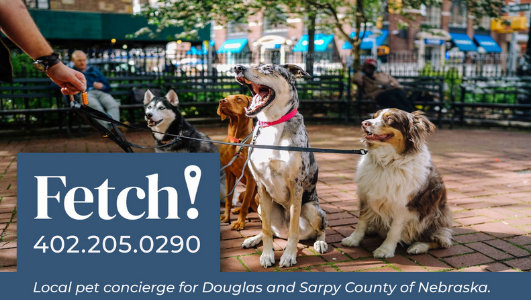
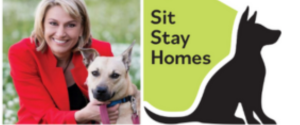




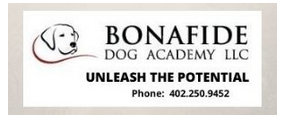
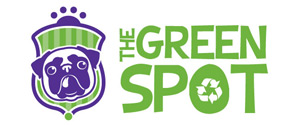







You must be logged in to post a comment Login